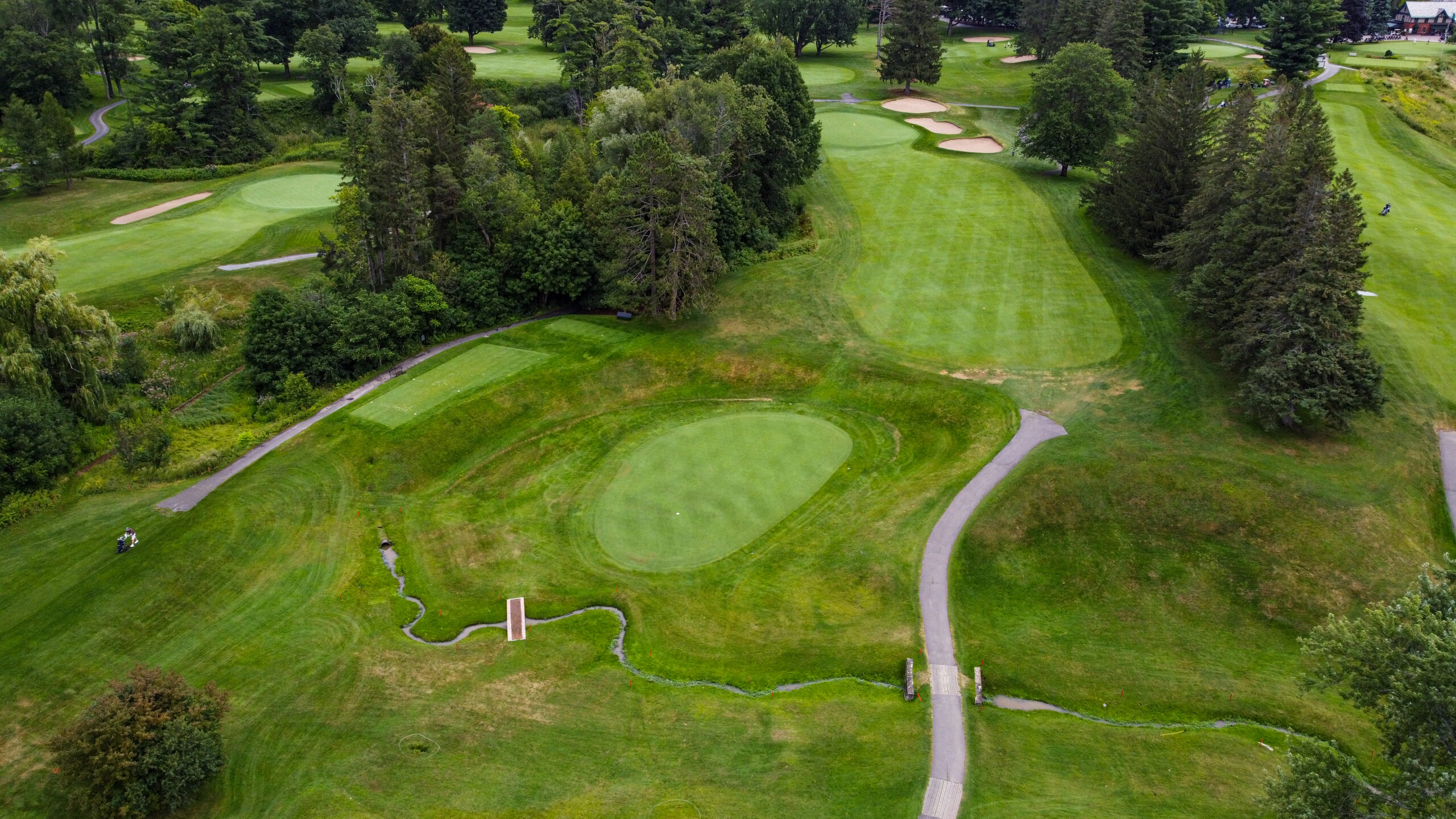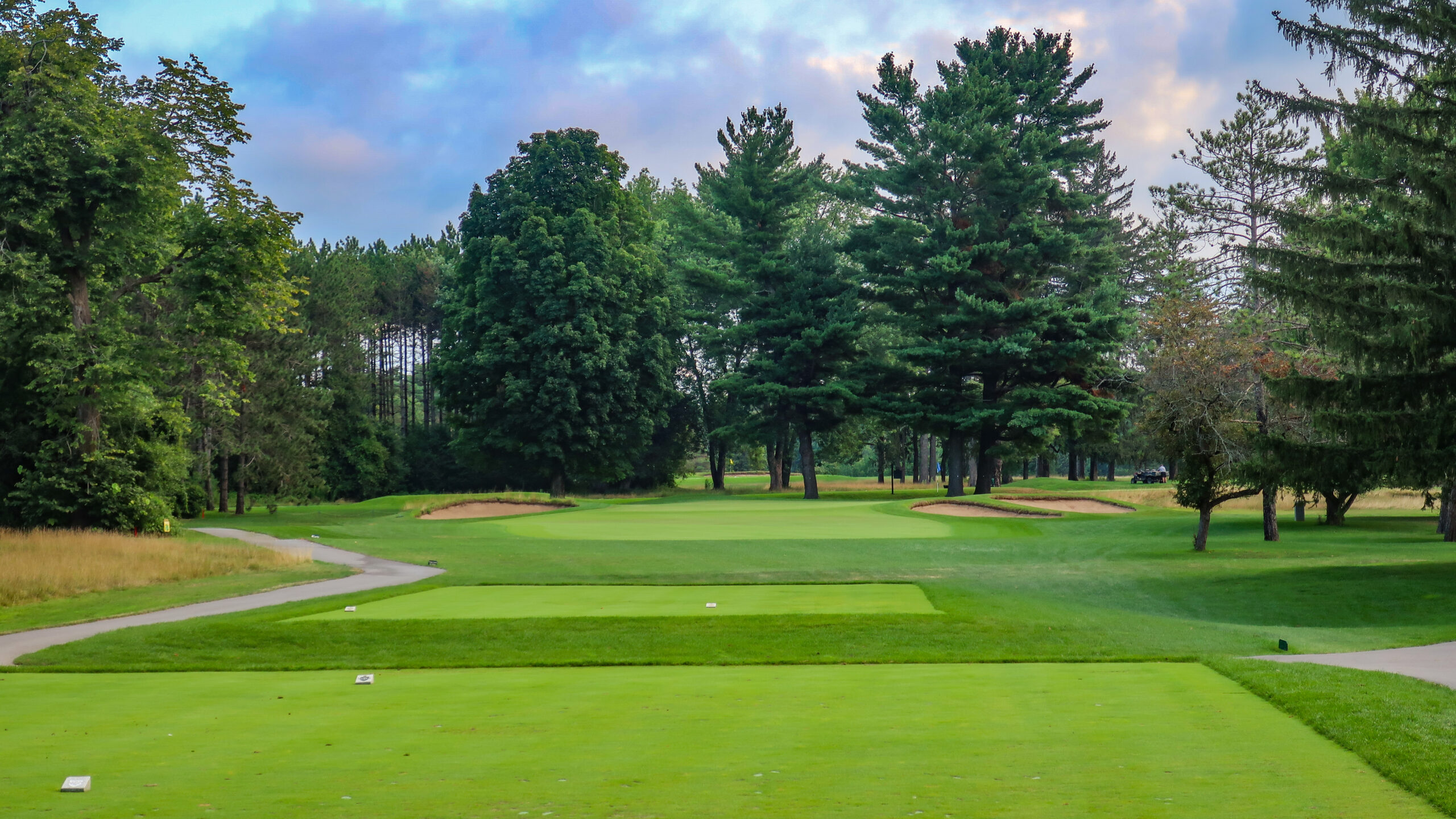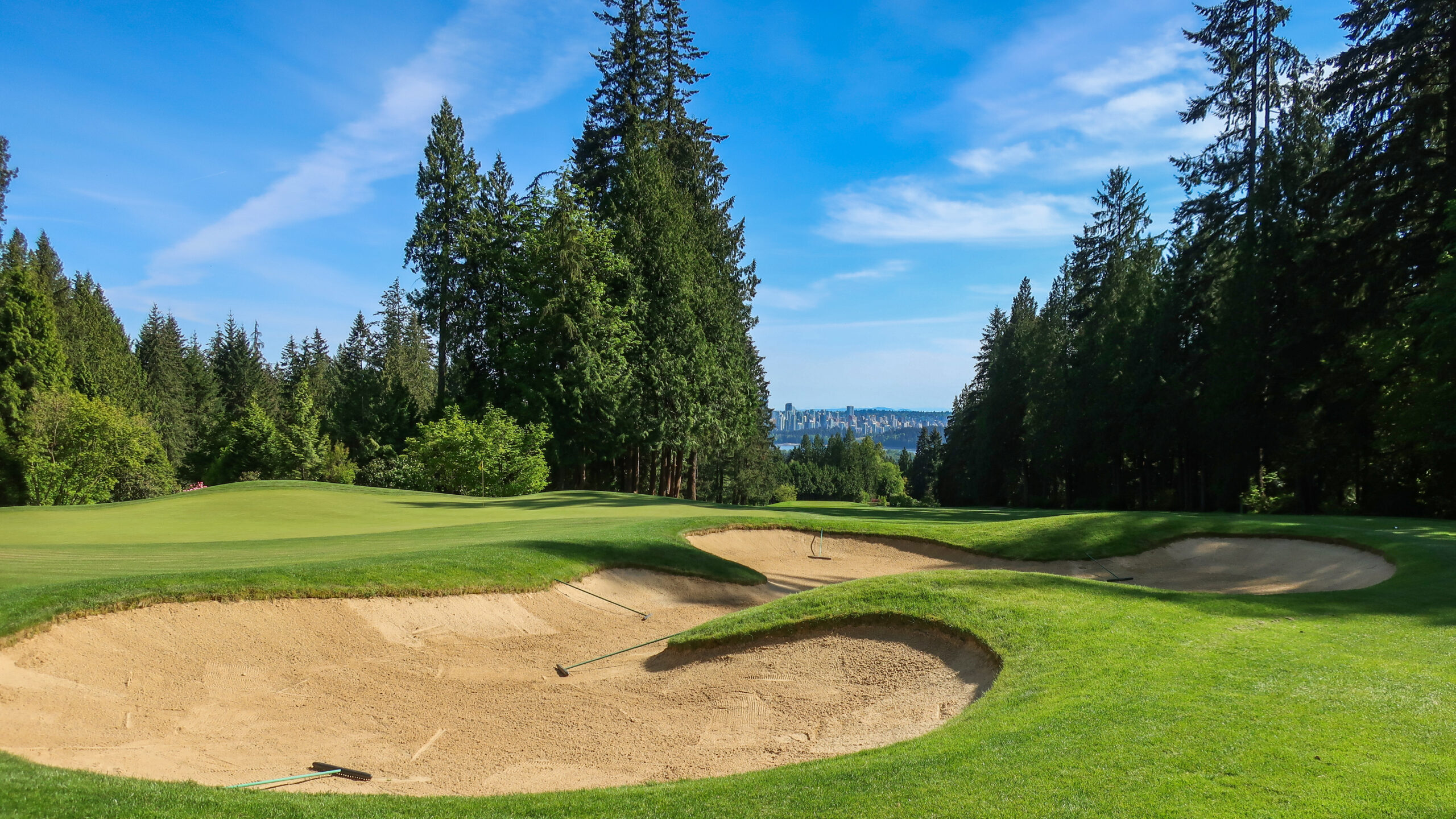History provides an aspect unmatched in the modern world. Drive around town, for example. Yes, the contemporary palaces with lots of glass and square edges are easy on the eyes (in fact, I actually like modern homes the most); but, there is an undebatable gravitational pull of the old manor, with terraces and beautiful brick walls. There’s a reason Rian Johnson used an old, historic generational mansion for the vibe of Knives Out. The aura, if a bit of a mystique surrounding such old world features, is almost pulling for whatever reason.
The Öviinbyrd’s, Sagebrush’s, Greywolf’s, Tarandowah’s, and Paintbrushes are all excellent, and rightfully so, they get their praise. From a pure “architecture” standpoint, they hold up to the best of the best in this country. For once, however, I am not writing about purely architecture. Like the Knives Out mansion, there is a certain mystique or vibe around old school places. The feeling, the vibe, the atmosphere at some of the more special places in Canada in undefeated.
It is hard not to be romantic about the Old World. Thankfully, places like Royal Ottawa, a nice visit for me in 2022 a week ago or so, keep that romance alive. Truthfully, it is almost too suited for the old days, but that is not their fault. Take the 468 yard par 4, 9th, or the 438 yard par 4, 15th. Both holes play over a meandering creek that bisects the fairway, forcing the hand of most golfers to take driver out of their hands. Back in the day, golfers would have had to crank two shots to get home in two. That heroic feeling has been lost with time, even if the 9th has had some 50 yards added in recent years. The golf ball goes too far, but I digress.

The 9th at Royal Ottawa
The architecture at Royal Ottawa is good, aside from some really botched changes from Neil Haworth. The old 2nd, for example, an old Willie Park Jr. hole tucked over a depression, to a green situated on a hillside on the other side and a crazy false front. To most, or at least in my circles, it was an excellent one-shotter, but I only saw the current routing, skipping the old 2nd and going to the old-3rd/new 2nd tee. The reasons for losing the hole is understandable, and hard to fault the club for having to change. The green, while epic, tucked into the corner of the property, too close to Aylmer Road. The hole that replaced the 2nd? A new Neil Haworth hole after the 2nd, perhaps the most plain hole on the golf course, without a redeeming feature to speak of, if slightly inoffensive and boring. In Neil’s defence, the land in which the new par 3, 3rd plays over is much flatter and less interesting than the old par 3, 2nd. Handcuffed by technology, I suppose.

Like a kid with a funny smile in high school, the 3rd sticks out amongst an otherwise sublime golf experience
Regardless, the “old world” aspects of a place like Royal Ottawa radiate charm. The green on the par 4, 10th feels like Brookline lite, with a small, sloped surface wrapped in bunkers other than the front left portion. Perfect for a hole of such length–no more than 300 yards from the middle tees, and 320 yards from the tips. Back-to-back par 3’s are a feat no modern architect, at least in Canada, would dare to attempt, yet they come at the 11th and 12th on this Tom Bendelow golf course. Perhaps the best example of old world charm? The 18th, situated at the base of a stately clubhouse that fits in with the best in the country and an epic patio the club plans to rip up, with that same meandering creek coming in play one last time.
A trip to Royal Ottawa is not complete without a walk through the clubhouse, where old nooks and pockets of the clubhouse provide a new nugget of information best consumed after the round. This, however, is not exclusive to Royal Ottawa. I have waxed poetry on this site numerous times on Toronto Golf Club, and similarly, the old school, English style clubhouse provides the same excitement. Unfortunately for Royal Ottawa, a clubhouse fire in their early Gatineau tenure ruined such charm of finding Harry Colt’s plan sitting, framed, in the clubhouse at Toronto Golf Club. Interestingly, Harry Colt’s plan for Royal Ottawa, drawn in 1913, likely went up in that fire and the mystery on how much did Colt do remains at large. Toronto Golf Club displays it proudly, and gets the chance to be one of only six remaining H.S. Colt golf courses west of the Atlantic.
Mount Bruno, another Quebec golf course, and truly the only golf course in the province to avoid the “Augustification” of golf in the French province, is perhaps the king of Old World charm. Achieved through a small membership that cares about their golf course deeply, this old Willie Park Jr. golf course provides a vibe like no other. In fact, driving up to the old red roof clubhouse with such a small parking lot you wonder how they host Club Championships (if they do) feels as if you have been transported back to the early 20th century. No shorts here, but that is part of the charm. In order to golf at Mount Bruno, pants or knee-high socks are compulsory. Jackets are required at dinner, but yet again, part of the charm. Some might see this as strict, enforcing rules to enforce rules or being stern without much sense. Fair enough, I suppose; those who vibe at Le Geant might not find pleasure in such traditions. However, it is part of the reason Bruno carries an aura unlike anything in Canada. Even on the golf course, the Willie Park Jr. greens are unlike anything in Canada, and draws comparisons to A.W. Tillinghast’s Somerset Hills in New Jersey. The greens are that good, if a bit frustrating given the mountain effect.

Mount Bruno’s humps and chocolate drops left of the 6th green
On the same side of the coin, Cherry Hill in Fort Erie, Ontario provides an interesting perspective on such topics. This is, primarily, the fact that the club is host to more members from Buffalo, NY than Canada. Are they better at preserving history? Perhaps. Canadian Ian Andrew certainly plays a big role, and does a good job of discrediting the prior assessment. Ian’s work, restoring all of Walter Travis’ features he could find. The result is nothing less of stunning, and remains one of Canada’s best places for an afternoon game.
The west, unfortunately, falls behind in this department, but before anyone jumps on me for the “Toronto bias,” I grew up in Alberta, and went to high school in British Columbia. I sympathize with the claim that the west is under-represented in discussions on golf architecture in Canada–I agree. Winnipeg is a better golf city up at the top than Ottawa, although you would never know. Credit to St. Charles, Pine Ridge, Elmhurst, and Niakwa, regardless of their omission on Top 100 lists in yesteryear (note: 3 of those courses make our Top 100). Places like Waskesiu and Talking Rock, finally represented on the Top 100 lists on both Beyond The Contour and SCOREGolf, have long been overdue for national recognition. Hidden gems like Waterton Lakes now seem to be getting slightly more nationwide publicity. Regardless, the same reasons why buildings in the east represent the Old World, architecture out west is primarily tied to the modernization post-World War Two, and as a result, more modern golf courses.
Pre-World War Two, Stanley Thompson did build Banff, Jasper, Royal Mayfair, and many others; Willie Park Jr. went as far west as Calgary; Donald Ross took the CPR from Winnipeg to Banff, Alberta; and Tom Bendelow was naturally everywhere. However, most of the golf courses out west are post-WWII.
Luckily, many golf courses still keep the Old World alive. For example, the aforementioned Waterton Lakes, feels as if nothing has changed since the 1920s. Naturally, this is for better or worse, but the actual golf course is a masterclass in elegance. Waskesiu is eerily similar, but with more of a Canadian twist as opposed to a Royal Ottawa that feels British (wink wink, the Nation’s Capital is not the most Canadian place in the country).
Capilano is, and always will be, one of Canada’s stewards of the game. The club has done an excellent job of preserving an aura only found at some of the top clubs south of the border. The French tudor clubhouse atop the mountain, overlooking the Bernard Inlet and downtown Vancouver, is sublime. Original or not, the 17th tee, next to the patio quite literally tobogganing down the hillside to the fairway, is chic. The golf course, as any Top 100 list or Canadian ranking will illustrate, remains one of Canada’s best. Aside from a couple tees and a couple greens, they have done well maintaining the original vision from Mr. Thompson.

The charming 5th hole at Capilano
While the general consumption of a site such as ours is the actual architecture of such golf courses, it becomes easy to overlook the cool places in the world of golf that nail the aesthetic, vibe, and anything else related to the overall experience. If there is a single takeaway from clubs like Royal Ottawa, Capilano, Mount Bruno, and Toronto Golf Club, it is: the preservation of history, not only from the golf side, but clubhouse, archives, and everything else, all align to provide an exceptional experience. Everything matters in the macro, from the garbage cans in the ground at Toronto, to Mount Bruno’s jacket rules, Capilano’s yellow clubhouse, or Royal Ottawa’s stately brick clubhouse. Of course, the golf courses at those respective clubs are great, but the clubs themselves stand tall amongst their competitors for reasons of preservation, and nailing the little details.









Leave A Comment